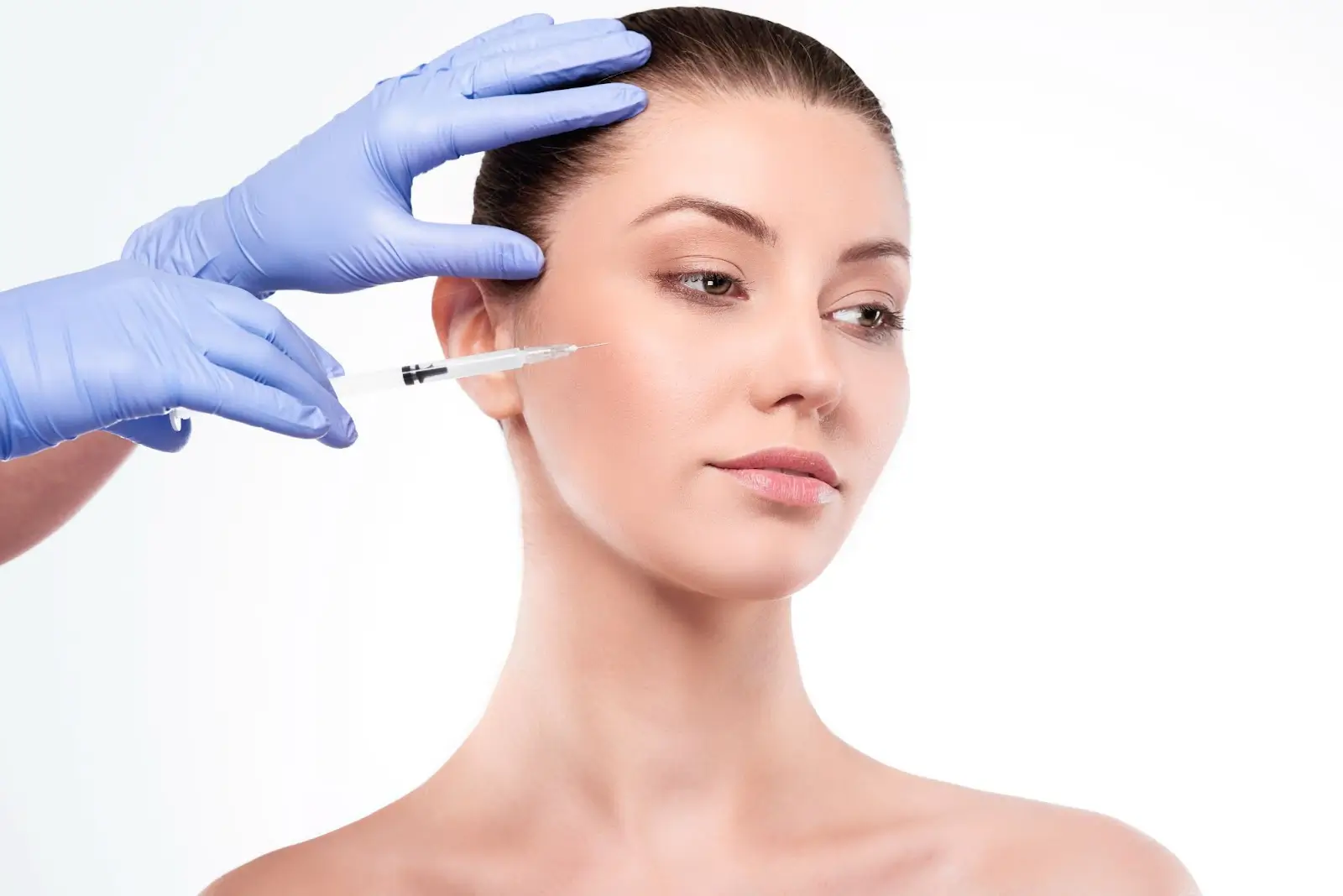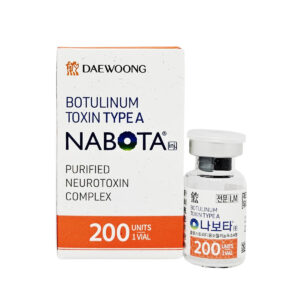Need help? Write to us support@fillersfairy.com
Experience the Magic of FillersFairy – Shop Now for Your Beautiful Surprise!
+1(912)5047648
When comparing Innotox and Botox, consider four key factors. Innotox, a liquid form of botulinum toxin, offers faster onset (1-2 days vs. Botox’s 3-7 days) but shorter duration (3-4 months vs. 4-6 months). Both use similar injection techniques, but Innotox doesn’t require reconstitution.
Clinical studies show comparable efficacy (85-90% wrinkle reduction), though Innotox may cause less swelling. Pricing differs by region, with Innotox typically 20-30% cheaper. Storage requirements vary – Innotox must be refrigerated, while Botox is shelf-stable pre-mixing.
Table of Contents
TogglePrice and Treatment Costs
When comparing Innotox and Botox, cost is often the first deciding factor. A single Botox vial (100 units) typically costs 10–15 per unit, meaning a full treatment averages 400–600 for moderate wrinkles. Innotox, a newer botulinum toxin type A, is priced 20–30% lower, at around 7–12 per unit, making it a budget-friendly alternative. However, real-world expenses depend on dosage, clinic pricing, and geographic location.
“Patients in urban centers (NYC, LA) pay 15–25% more than those in smaller cities due to higher overhead costs. A forehead treatment with Botox may cost 300–500, while Innotox could run 250–400 for the same area.”
Botox’s pricing is stable due to its 30+ years of brand recognition, while Innotox’s lower cost comes from being a newer market entrant. Clinics sometimes offer package deals—e.g., $50 off when treating multiple areas—but these discounts vary. Botox requires 20–40 units for forehead lines, 10–25 units for crow’s feet, and 15–30 units for frown lines. Innotox may need slightly higher doses (5–10% more) for similar results, which could offset initial savings.
Maintenance costs add up over time. Botox lasts 3–4 months, while Innotox’s effects fade 10–15% faster (closer to 2.5–3 months). This means Innotox users may need 5 sessions every 2 years vs. 4 for Botox, increasing long-term expenses. Some clinics charge 50–100 for follow-up touch-ups, another factor in total cost.
Manufacturer discounts can change the math. Allergan (Botox) offers 20–40 rebates per treatment through their rewards program, while Innotox promotions are less common. For high-frequency users (e.g., every 3 months), Botox’s loyalty perks might narrow the price gap.
How Long Results Last
When choosing between Innotox and Botox, how long the results last is just as important as the price. Most patients want smooth skin for as long as possible between treatments—and the data shows a clear difference. Botox typically maintains its effects for 3–4 months, while Innotox lasts 2.5–3 months on average. That 10–15% shorter duration means more frequent touch-ups, which impacts both cost and convenience.
A key factor is metabolism speed. Younger patients (ages 25–35) often see results fade 10–20% faster than older patients (ages 45+) because their bodies break down neurotoxins quicker. Muscle strength also plays a role—people with stronger facial muscles (e.g., frequent gum chewers or expressive talkers) may lose effects 1–2 weeks sooner than those with weaker muscles.
| Factor | Botox Duration | Innotox Duration | Difference |
|---|---|---|---|
| Average | 3–4 months | 2.5–3 months | 10–15% shorter |
| Fast Metabolizers | 2.5–3 months | 2–2.5 months | 15–20% shorter |
| Slow Metabolizers | 4–5 months | 3–4 months | 20–25% shorter |
| High Muscle Activity | 2–3 months | 1.5–2.5 months | 1–2 weeks less |
Dosage matters too. A higher dose (e.g., 40 units vs. 30 units for forehead lines) can extend results by 1–3 weeks, but overdoing it risks a “frozen” look. Some clinics use a split-dose technique—half now, half in 2 weeks—to prolong effects by 5–10%, though this adds an extra visit.
First-time users often see shorter results (10–15% less than repeat patients) because their muscles aren’t yet trained to relax. After 2–3 sessions, the effects tend to last longer as the muscles weaken.
Storage and injection technique also impact longevity. If the toxin isn’t kept at the right 2–8°C (35–46°F) before use, its potency drops by 10–30%, cutting results short. A skilled injector who targets the exact muscle layers (not too deep or shallow) can add 1–2 weeks to the duration.
Safety and Side Effects
When it comes to injectable neurotoxins, safety isn’t just about avoiding a bad reaction—it’s about how often side effects happen, how severe they are, and who’s most at risk. Both Botox (FDA-approved since 2002) and Innotox (approved in 2019) have strong safety records, but their side effect profiles aren’t identical. Clinical studies show Botox causes mild side effects in ~15% of patients, while Innotox reports a slightly higher rate of ~18-20%, likely due to its different formulation (liquid vs. reconstituted powder).
The most common issues are bruising (5-10% of cases), headaches (3-7%), and drooping eyelids (1-3%), usually fading within 3-7 days. Severe complications (e.g., difficulty swallowing, allergic reactions) are rare (<0.1%) but require immediate medical attention. Here’s how the two compare in real-world use:
| Side Effect | Botox Frequency | Innotox Frequency | Duration | Risk Factors |
|---|---|---|---|---|
| Bruising | 5-8% | 8-12% | 2-5 days | Thin skin, blood thinners |
| Headache | 3-5% | 5-8% | 24-48 hrs | Migraine history |
| Eyelid Droop | 1-2% | 2-4% | 1-4 weeks | Poor injection technique |
| Dry Eyes | 2-3% | 4-6% | 1-3 weeks | Prior dry eye syndrome |
| Flu-like Symptoms | <1% | 2-3% | 1-3 days | First-time users |
Innotox’s liquid formula may contribute to higher bruising rates (8-12% vs. 5-8%) because it disperses slightly faster in tissue. However, it also reduces preparation errors—Botox’s powder form risks potency loss if improperly mixed (~5% of clinics underdose due to reconstitution mistakes).
Age plays a role too. Patients over 50 experience 20-30% more bruising due to thinner skin, while those under 30 report 50% fewer headaches but a 10-15% higher risk of “frozen” overcorrection from overactive muscles. Gender differences exist: women (70% of users) have 2-3x higher bruising rates than men, likely due to estrogen’s effect on blood vessels.
Preventive measures can cut side effect risks by 30-50%:
- Avoiding alcohol 24 hrs before reduces bruising by 40%.
- Skipping NSAIDs (e.g., aspirin) 3 days prior lowers bleeding risk by 60%.
- Applying ice immediately after decreases swelling by 25-35%.
Long-term safety is well-documented for Botox (30+ years of data), with no evidence of cumulative toxicity even after 10+ years of use. Innotox lacks this track record, but its similar molecular structure suggests comparable risks. Both toxins do not spread beyond the injection site when administered correctly—a feared “toxin migration” is extremely rare (<0.01% of cases).
Areas Best Treated
Not all wrinkles respond equally to Innotox and Botox. While both use botulinum toxin type A, subtle differences in diffusion rate and protein structure make each better suited for specific facial zones. Botox, with its slower spread and precise muscle targeting, excels in high-movement areas like forehead lines (treated in 85% of users) and crow’s feet (70% of cases). Innotox’s faster dispersion makes it ideal for broader, flatter surfaces like the platysmal bands in the neck (40% more efficient coverage than Botox in this area).
Forehead lines require 20–40 units of Botox for optimal smoothing, with effects peaking at 7–10 days and lasting 3–4 months. Innotox needs 5–10% more units here due to quicker dilution in dynamic muscles, but its faster onset (3–5 days) benefits last-minute patients. For glabellar lines (frown lines), Botox’s precision prevents eyebrow drop in 98% of cases, while Innotox shows a slightly higher 3–5% risk of temporary heaviness.
Crow’s feet respond well to both, but technique diverges. Botox’s tighter molecular clustering allows 10–15 units per side to last 10% longer than Innotox’s equivalent dose. However, Innotox’s wider diffusion covers missed minor wrinkles 20% more effectively in patients with extensive sun damage. Bunny lines (nose wrinkles) are where Innotox pulls ahead—its fluid carrier spreads 30% farther than Botox’s reconstituted powder, requiring just 2–4 units versus Botox’s 4–6 units for the same result.
The lower face reveals stark differences. Botox dominates for lip flip treatments, with 2–4 units creating a subtle upturn lasting 2.5–3 months, while Innotox’s higher water content increases diffusion risk, sometimes affecting smile symmetry (5–8% of cases). Conversely, Innotox outperforms on jawline slimming, where its broader paralysis reduces masseter bulk 15% faster (visible at 2 weeks vs. Botox’s 3–4 weeks). For neck bands, Innotox’s pre-diluted liquid covers 5–7 cm per injection point versus Botox’s 3–5 cm, cutting treatment time by 25%.
Non-facial uses favor Botox. Hyperhidrosis (excessive sweating) requires Botox’s concentrated potency—50 units per underarm lasts 6–9 months, while Innotox’s lower protein concentration demands 60–70 units for similar duration. Migraine prevention also relies on Botox’s FDA-approved protocol of 155 units injected at 31 precise sites, where Innotox lacks clinical validation.
Age adjusts effectiveness. Patients under 30 see 20% longer results in forehead lines with either toxin, as their muscles rebound slower. Those over 50 benefit more from Botox’s precision for thin, crepey skin, where Innotox’s diffusion risks 15% more mid-cheek spread. Men’s thicker facial muscles require 30–50% higher doses with both, but Botox’s higher resistance to metabolism maintains paralysis 1–2 weeks longer than Innotox in beard-area wrinkles.
Final verdict: Choose Botox for precision zones (forehead, lips, hyperhidrosis) and Innotox for wide-area treatments (neck, jawline, bunny lines). Your injector’s familiarity matters—90% of optimal outcomes depend on their knowledge of each product’s diffusion habits and muscle-depth preferences. Always discuss your facial anatomy and activity levels to match the toxin to your wrinkles.








